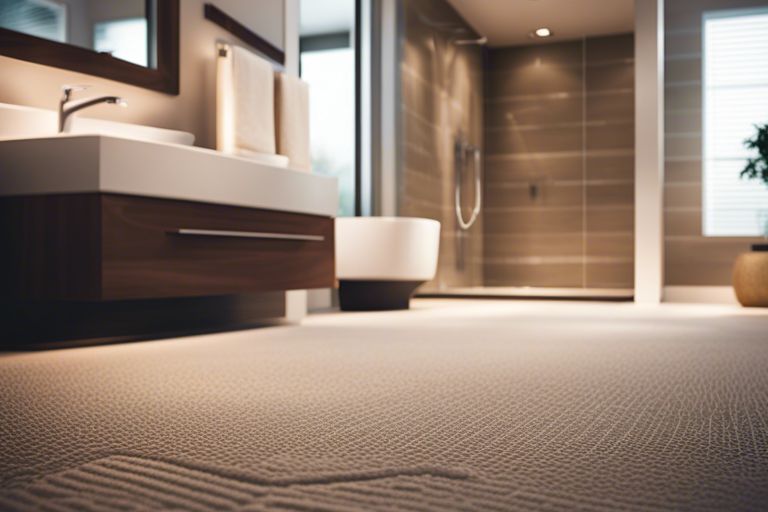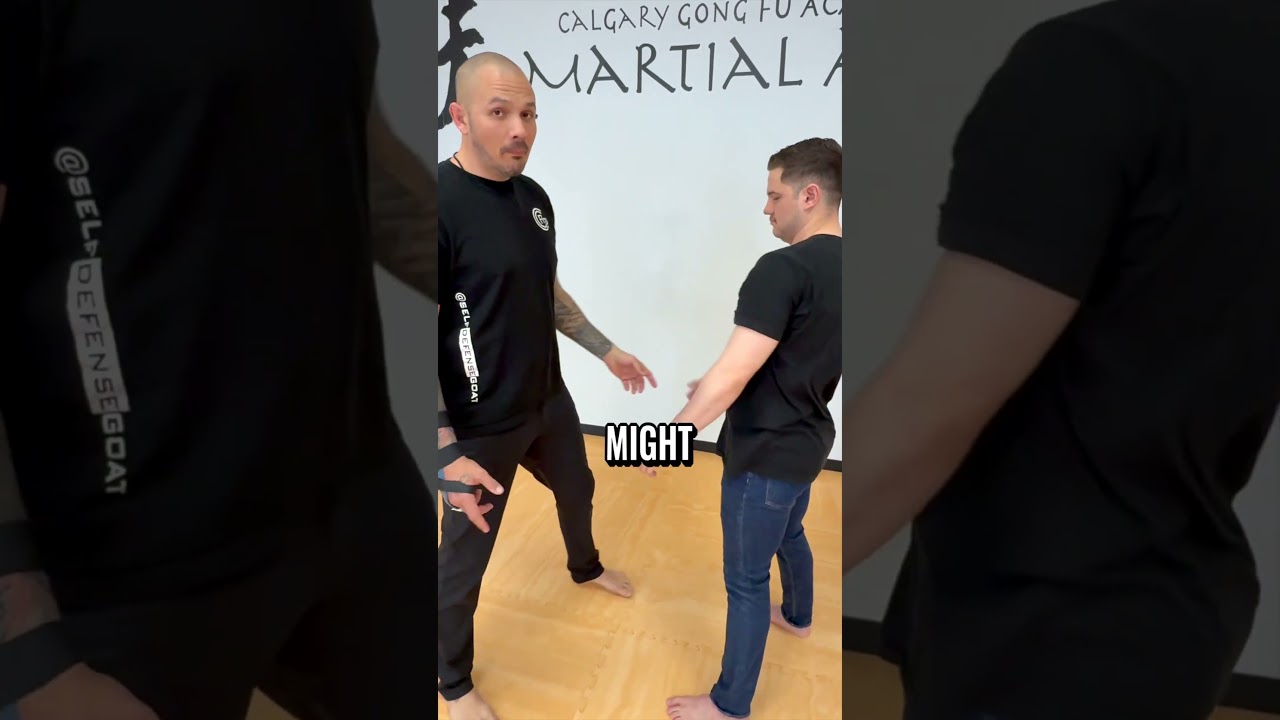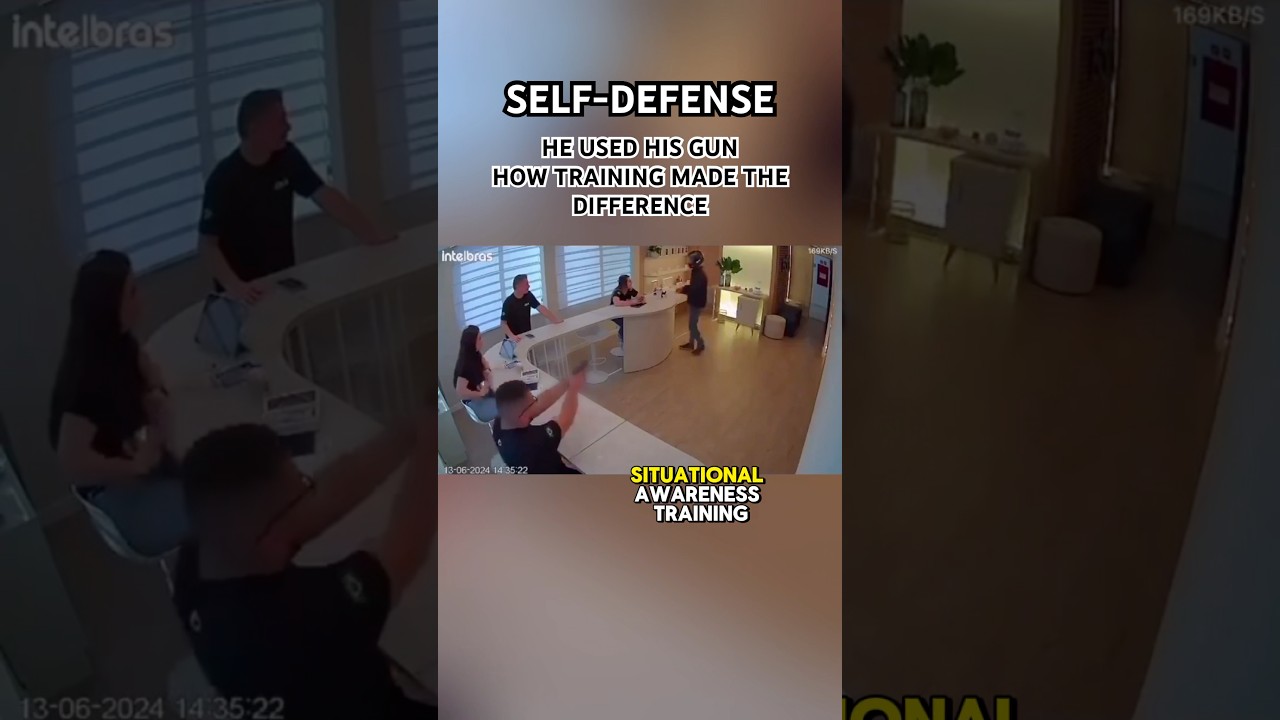You can never be too careful when it comes to preventing slips and falls in your home. From the bathroom to the kitchen, every room presents its own set of hazards that can lead to accidents. In this informative guide, we will provide you with practical safety tips inspired by the wise advice of Emily Post, to help you create a safer environment for you and your loved ones. By implementing these simple measures, you can significantly reduce the risk of falls and ensure a secure living space for everyone.

Assessing the Risks
Before you can effectively prevent slips and falls in your home, it’s important to assess the risks present in each room. An important step in this process is identifying slip and fall hazards that may exist throughout your living space.
Identifying Slip and Fall Hazards
An easy way to identify potential hazards is to take a walk through each room in your home and look for common culprits such as loose rugs, slippery floors, uneven surfaces, and cluttered walkways. By addressing these hazards promptly, you can significantly reduce the risk of accidents occurring in your home.
Common Areas Prone to Slips and Falls
Any area in your home that sees high foot traffic is prone to slips and falls. This includes hallways, staircases, and bathrooms, where water and soap residue can make surfaces particularly slippery. By paying extra attention to these common areas and implementing safety measures like using non-slip mats and handrails, you can create a safer environment for yourself and your family.
Plus, don’t forget about outdoor areas like driveways, walkways, and porches, which can also become hazardous when wet or icy. By keeping these areas well-maintained and free of debris, you can prevent slips and falls before they happen.
Kitchen Safety
Even the most organized kitchens can be prone to slips and falls. Here are some important tips to ensure safety in the heart of your home.
Cleaning Up Spills Immediately
To prevent slips in the kitchen, it’s crucial to clean up spills immediately. Whether it’s water, oil, or any other liquid, a slick surface can quickly become a hazard. Keep a mop or towels handy to address spills promptly and avoid accidents.
Non-Slip Mats and Coatings
Coatings and non-slip mats are great additions to your kitchen floor to provide extra grip and stability. These accessories can help reduce the risk of slipping, especially in areas prone to getting wet. Non-slip coatings can be applied to tiles, while mats can be placed near sinks or stoves for added safety.
Coatings and mats come in various sizes and styles to suit your kitchen decor while keeping safety a top priority. Investing in these simple additions can make a significant difference in preventing slips and falls in the kitchen.
Securing Rugs and Mats
Cleaning under rugs and mats regularly to ensure they stay in place is crucial for preventing slips and falls in the kitchen. Use double-sided tape or rug grips to secure them to the floor and avoid any shifting. Loose rugs or mats can easily cause accidents, so make sure to keep them firmly in place.
Rugs and mats are not only functional but can also add a touch of style to your kitchen. By securing them properly, you can enjoy both safety and aesthetics in your cooking space.
Bathroom Safety
Despite its function as a place to clean and refresh, the bathroom can also be a common area for slips and falls due to its hard surfaces and presence of water. Ensuring safety in the bathroom is vital to prevent accidents and injuries.
Installing Grab Bars and Handrails
For added stability and support, installing grab bars and handrails in the bathroom can help individuals maintain balance and prevent falls. These safety features can be placed near the toilet, shower, and bathtub to assist with sitting, standing, and moving around the space with confidence.
Non-Slip Shower Mats and Treads
Shower and bath surfaces can become slippery when wet, increasing the risk of falls. By incorporating non-slip shower mats and treads, you can create a secure footing for yourself or loved ones while showering or bathing. These mats usually have suction cups to adhere to the floor, providing a stable surface to prevent accidents.
Understanding the importance of these safety measures and implementing them in your bathroom can significantly reduce the risk of slips and falls, especially for seniors or individuals with mobility issues.
Securing Bath Rugs
Mats placed on the bathroom floor can easily shift or slide, posing a tripping hazard. To secure bath rugs in place, consider using double-sided tape or rug grippers underneath to prevent them from moving when stepped on. This simple solution can enhance stability and safety in the bathroom.
Living Room and Hallway Safety
Securing Rugs and Mats
The living room and hallway are high-traffic areas where rugs and mats are commonly used. To prevent slips and falls, it is vital to secure these items properly. Make sure to use non-slip rug pads underneath rugs to keep them in place and prevent them from sliding when stepped on.
Improving Lighting
For optimal safety in the living room and hallway, it is crucial to have adequate lighting. Insufficient lighting can increase the risk of tripping and falling. Ensure that there are enough light fixtures in these areas to brighten up the space and improve visibility, especially during the evening or nighttime.
For instance, consider installing motion-sensor lights near entrances or in darker corners to automatically illuminate the space when someone enters, reducing the chances of accidents in poorly lit areas.
Clearing Clutter and Tripping Hazards
Improving the safety of your living room and hallway involves clearing clutter and removing tripping hazards. Keep these areas free of loose wires, clutter, and obstacles that could obstruct walkways and cause accidents. Encourage family members to pick up after themselves and store items in designated areas to maintain a clear and safe space.
Rugs should also be secured properly to prevent them from bunching up or curling at the edges, which can pose a tripping hazard. Regularly check the condition of rugs and mats, and replace or repair any that are worn out or damaged to reduce the risk of falls.
Bedroom Safety
Many accidents in the home happen in the bedroom, where rugs and mats can easily slip on hardwood or tile floors.
Securing Rugs and Mats
Bedroom rugs and mats can be secured using double-sided tape or non-slip rug pads. These inexpensive solutions will help keep rugs in place and prevent dangerous slips and falls.
Improving Lighting
Rugs and mats in the bedroom can create tripping hazards, especially in low light conditions. Improve lighting in the bedroom by using bright bulbs or adding nightlights along the path to the bathroom to help prevent falls during nighttime trips.
Another important step in bedroom safety is clearing clutter and tripping hazards to create a safer environment.
Clearing Clutter and Tripping Hazards
Securing loose cords, removing unnecessary furniture, and organizing belongings can help prevent accidents in the bedroom. Ensure that pathways are clear and well-lit to reduce the risk of tripping and falling, especially during the night.
Understanding the potential hazards in the bedroom and taking proactive steps to address them can significantly reduce the risk of slips and falls in the home.
Outdoor and Stairway Safety
Improving Outdoor Lighting
To ensure safety outdoors, proper lighting is crucial. Install bright, energy-efficient lights along pathways, stairs, and entryways to illuminate key areas where slips and falls are more likely to occur.
Securing Handrails and Railings
For stairways and outdoor areas with steps, make sure handrails and railings are securely fastened. Loose or wobbly railings can be hazardous, especially for older adults or individuals with mobility challenges.
With sturdy handrails and railings in place, individuals can have the necessary support and stability while navigating outdoor spaces or staircases.
Clearing Debris and Obstacles
Routinely inspect outdoor areas and stairways for any debris or obstacles that may obstruct walkways. Remove leaves, branches, snow, or any tripping hazards to prevent accidents.
This proactive approach helps to maintain a safe and clear walkway for everyone, reducing the risk of slips and falls.
Final Words
Upon reflecting on the safety tips provided in this article, it is clear that preventing slips and falls is a vital aspect of home safety. By implementing simple measures like keeping pathways clear, using non-slip mats, and ensuring adequate lighting, we can significantly reduce the risk of accidents in every room of our homes. For more comprehensive guidelines on preventing slips, trips, and falls, you can refer to How to Prevent Slips, Trips, and Falls.
Keep in mind, safety should always be a top priority in our homes to protect ourselves and our loved ones from unnecessary harm. By incorporating these safety tips into our daily routine, we create a safer environment for everyone. Let’s strive to make our homes not only comfortable and welcoming but also secure and accident-free.
FAQ
Q: Why is preventing slips and falls important in every room?
A: Preventing slips and falls is crucial in every room to ensure safety and prevent accidents, especially for children and the elderly.
Q: How can I prevent slips and falls in the bathroom?
A: To prevent slips and falls in the bathroom, make sure to use non-slip mats, install grab bars, and keep the floors dry.
Q: What are some safety tips for the kitchen to prevent slips and falls?
A: In the kitchen, keep the floors clean and dry, wipe up spills immediately, and use rugs with non-slip backing.
Q: How can I make the stairways safer to prevent falls?
A: To make stairways safer, install handrails on both sides, keep the area well-lit, and remove any clutter or obstacles on the steps.
Q: What precautions should I take in the living room to prevent slips and falls?
A: In the living room, secure loose rugs with double-sided tape, arrange furniture to allow for clear pathways, and use proper lighting to avoid tripping hazards.
Q: Are there any general tips to prevent slips and falls in all rooms?
A: Yes, some general tips include keeping floors clutter-free, using non-slip mats or rugs, wearing proper footwear, and maintaining good lighting throughout your home.
Q: How can I educate my family members about slip and fall prevention?
A: You can educate your family members by discussing the importance of slip and fall prevention, demonstrating safety measures, and encouraging everyone to follow the guidelines set in place.







1 thought on “Preventing Slips and Falls – Safety Tips for Every Room”
Comments are closed.